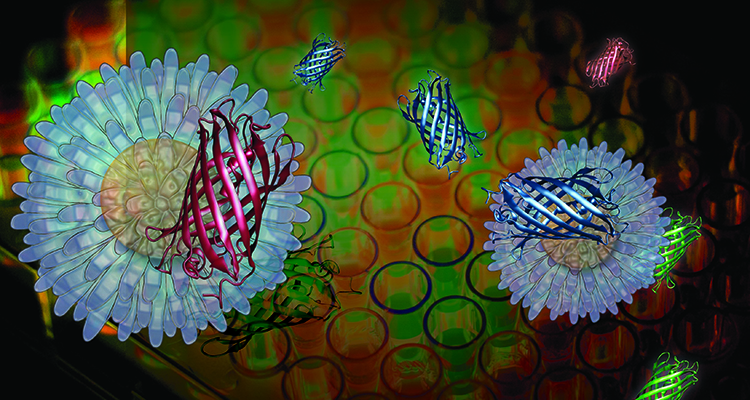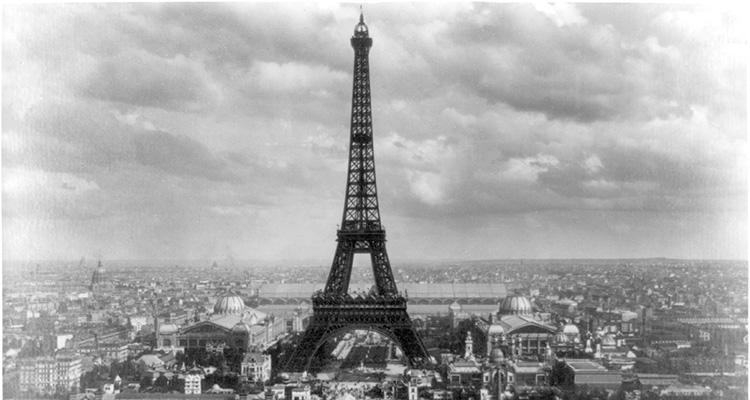


Characterizing nanoparticles in the 1880’s
On May 29th, there were 52,000 nanoparticles per cubic centimeter of air measured at the top of the Eiffel Tower. This may not seem the most compelling opening to an article, until you realize that the measurement was made in 1889 – over 100 years before nanotechnology and nanoparticles began hitting headlines as one of the most talked about emerging technologies in recent decades. The particles were measured by the Scottish scientist John Aitken, using his newly developed device for counting airborne dust particles.

Dunkin’ Donuts ditches titanium dioxide – but is it actually harmful?
In response to pressure from the advocacy group As You Sow, Dunkin’ Brands has announced that it will be removing allegedly “nano” titanium dioxide from Dunkin’ Donuts’ powdered sugar donuts. As You Sow claims there are safety concerns around the use of the material,...
Is novelty in nanomaterials overrated when it comes to risk?
Novelty and nanotechnology are deeply intertwined. The search for nanostructure-enabled materials has driven research funding in nanotechnology for well over a decade now; the exploitation of novel properties has underpinned the commercialization of nanomaterials; and concerns over potential risks has stimulated widespread studies into what makes these materials harmful. Yet ‘novelty’ is an ephemeral quality, and despite its close association with nanotechnology, it may be an unreliable guide to ensuring the long-term safety of materials that emerge from the field. If this is the case, do we need to find alternative approaches to developing advanced materials and products that are safe by design?

